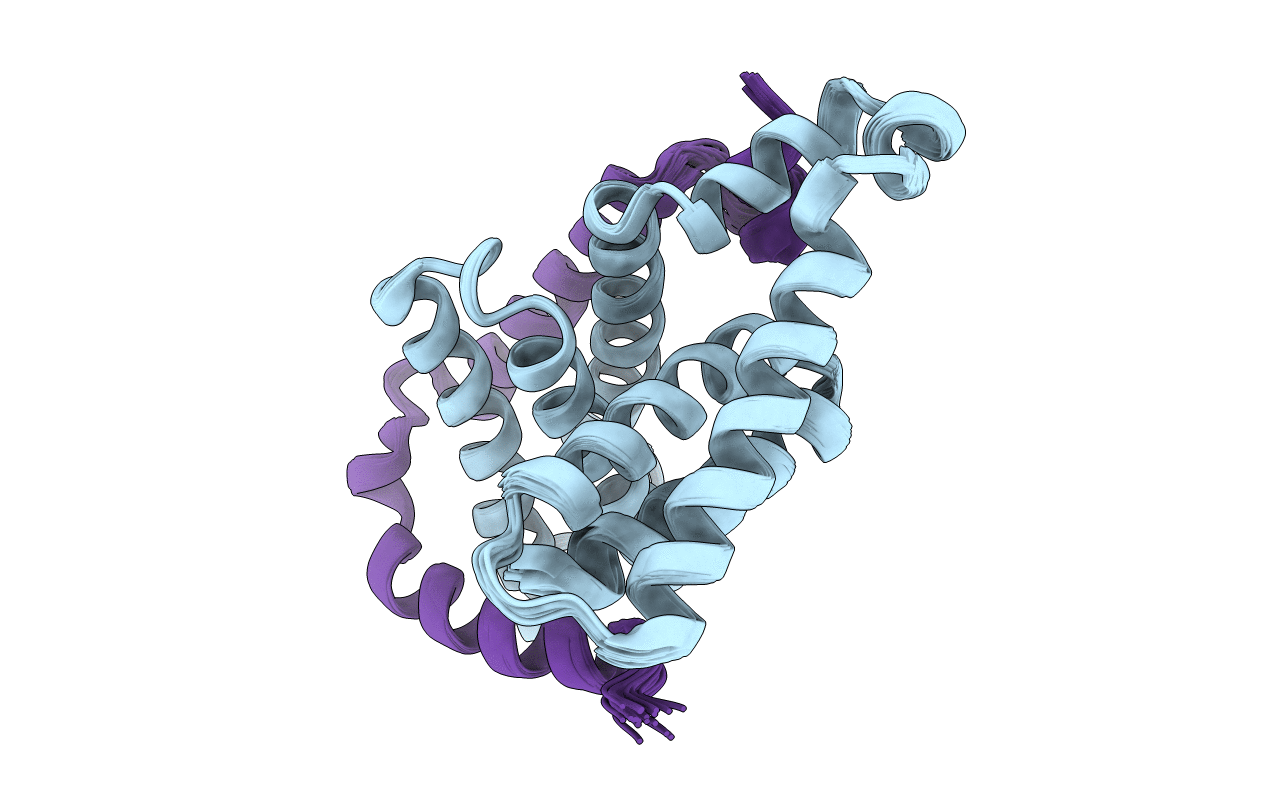
Deposition Date
2012-06-13
Release Date
2012-11-07
Last Version Date
2024-05-15
Entry Detail
PDB ID:
2LUH
Keywords:
Title:
NMR structure of the Vta1-Vps60 complex
Biological Source:
Source Organism:
Saccharomyces cerevisiae (Taxon ID: 559292)
Host Organism:
Method Details:
Experimental Method:
Conformers Calculated:
100
Conformers Submitted:
20
Selection Criteria:
structures with the lowest energy


